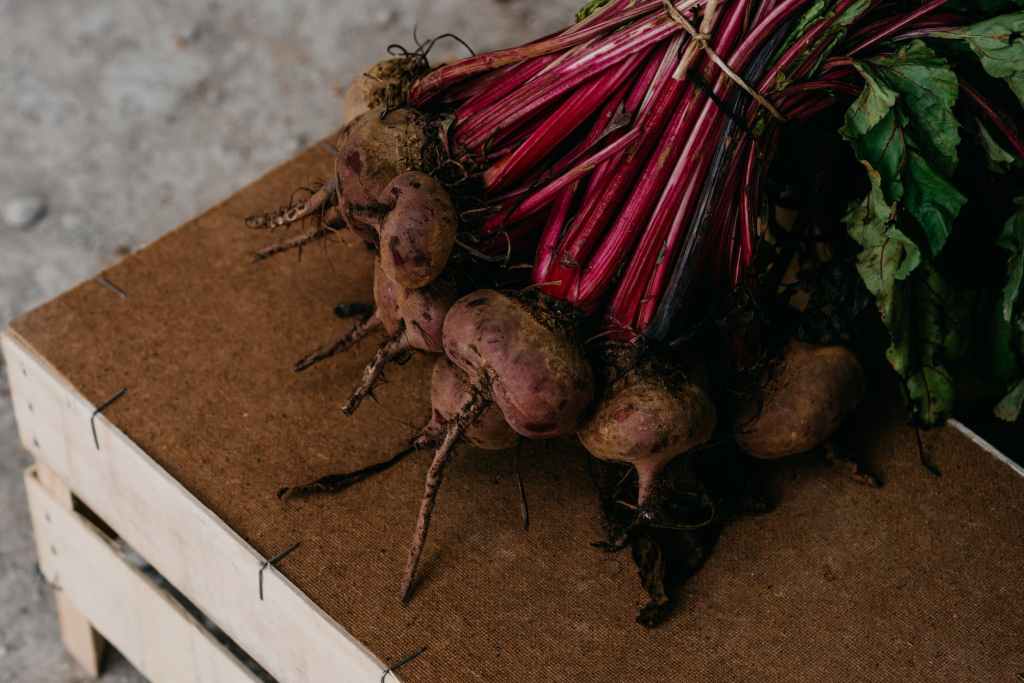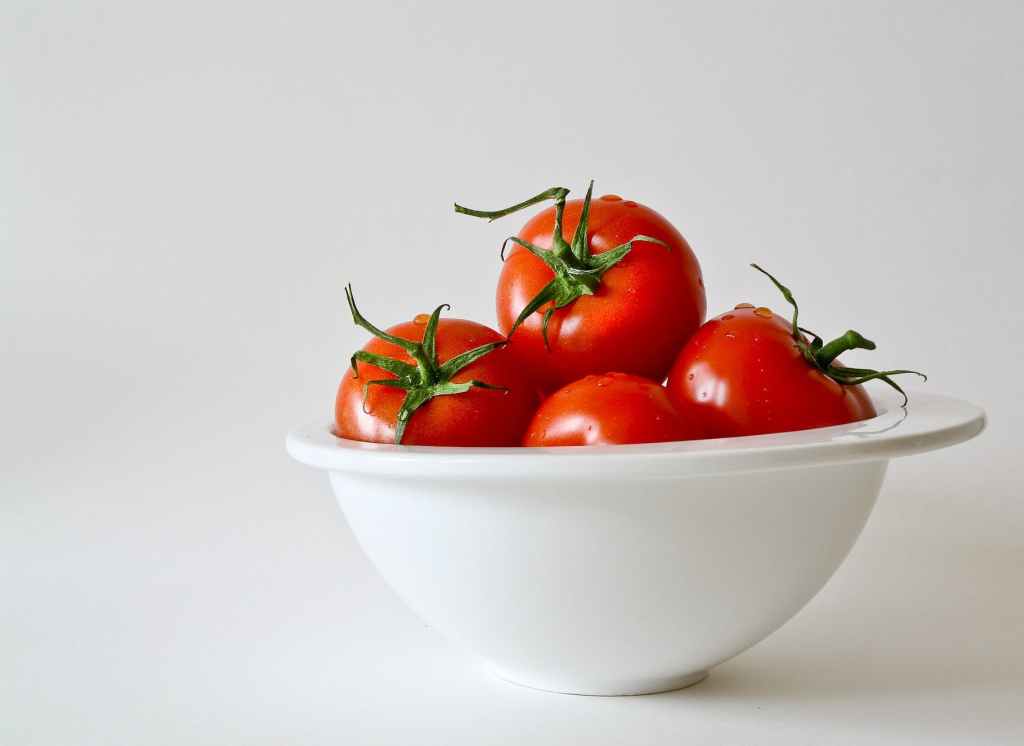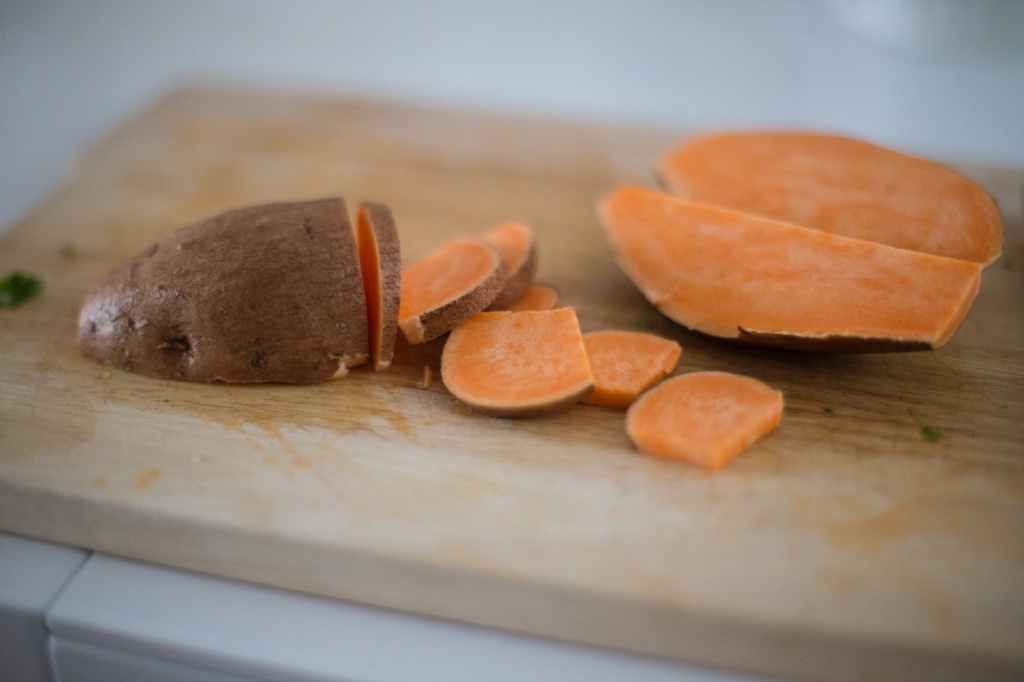Cassie De Pecol

Cassandra (Cassie) De Pecol, the woman who visited every country in the world alone, should be your travel inspiration if you are craving some. Not just the first woman to do so, she is also the fastest person in the world to have done this feat.
Cassie is a solo traveller from America and is also a philanthropist, author, speaker as well as Ironman athlete; her trip across all the 196 countries in the world was also a solo feat.
Traveling to all the world’s 196 sovereign nations in 18 months and 26 days, Cassie De Pecol made the trip in less than half the time it took the previous Guinness World Record holder. She was also the fastest to do.
As a woman, Cassie was always warned about the danger of the Big Bad World. She was told to stay safe or else she would get raped, beaten,
or killed but one day Cassie decided to face her fear by doing something no woman has ever done before.
She wanted to see every country in the world and she also wanted to beat every man by being the fastest It was a huge challenge because to be on the Guinness World Records there were a lot of rules. She cannot spend longer than 14 days in any country. She cannot just drive through a country and she must have physical proof of being in all countries including North Korea.
De Pecol was 23 years old when she began planning her journey, and in the beginning she had no funding. During the year and a half that she spent planning her trip, she says she saved $10,000 by babysitting, then went about acquiring sponsors.
She packed her bags and began her journey to visit all 196 countries in world.
As a world traveller racing against the clock. She faced a gazillion problems she said “I mean from bribes got the police involved twice and these situations that were out of my control”.
And as a woman it was even more difficult but she did everything to protect herself.
She said “Through out my trip i made sure to keep in touch with friends and family via Instagram, texting phone, calls and GPS”.
Thought-out the whole journey she didn’t find danger only kindness everywhere. She saw humanity was beautiful. She met mayor’s, ministry’s and even one she met the king of spain and eventually, she went to write a whole book about her journey.
At end of the day Cassie beat the record at 18 months and 10 days.
One and a half years to visit the entire planet. Faster than any other human ever!
This is what women can do when they have no limits. They travel the world alone, become peace ambassadors and even beat us men at our own game!
We should stop teaching girls to be afraid. We should encourage them to go out there to pursue their dreams to break records and to do things
Better than anyone else in the world.
- Drive Traffic To Your Website Without Spending Money.Here are some tips to get traffic to your website without spending money: 1. Utilize social mediaShare your website’s content on your social media platforms such as Facebook, Twitter, Instagram, and LinkedIn. You can also join various groups or forums related to your niche and share the content there. 2. Optimize your website for search … Continue reading Drive Traffic To Your Website Without Spending Money.
- Top 10 Most Powerful Jobs In The World.1. President of the United States – The President is the leader of the country with immense power and influence over the military, economy, foreign affairs, and domestic policies. 2. CEO of a large multinational corporation – CEOs of multinational corporations hold great power over the economy, influencing the lives and livelihoods of many people. … Continue reading Top 10 Most Powerful Jobs In The World.
- “I like you just the way you are”What was the best compliment you’ve received?
- Peter Dinklage| Success StoryPeter Dinklage is a critically acclaimed actor who has achieved worldwide success through his remarkable acting skills. Born on June 11, 1969, in Morristown, New Jersey, to a schoolteacher mother and an insurance salesman father, Dinklage grew up with a passion for acting. However, he struggled to find suitable roles as a dwarf actor in … Continue reading Peter Dinklage| Success Story
- Benefits Of WalkingExercise doesn’t have to be challenging. You can live a healthier life by doing something as simple as going for a regular brisk stroll. For instance, you can benefit from routine brisk walking by 1. Enhance Circulation Heart disease can be prevented by walking, which also increases heart rate, decreases blood pressure, and strengthens the … Continue reading Benefits Of Walking





